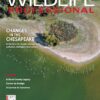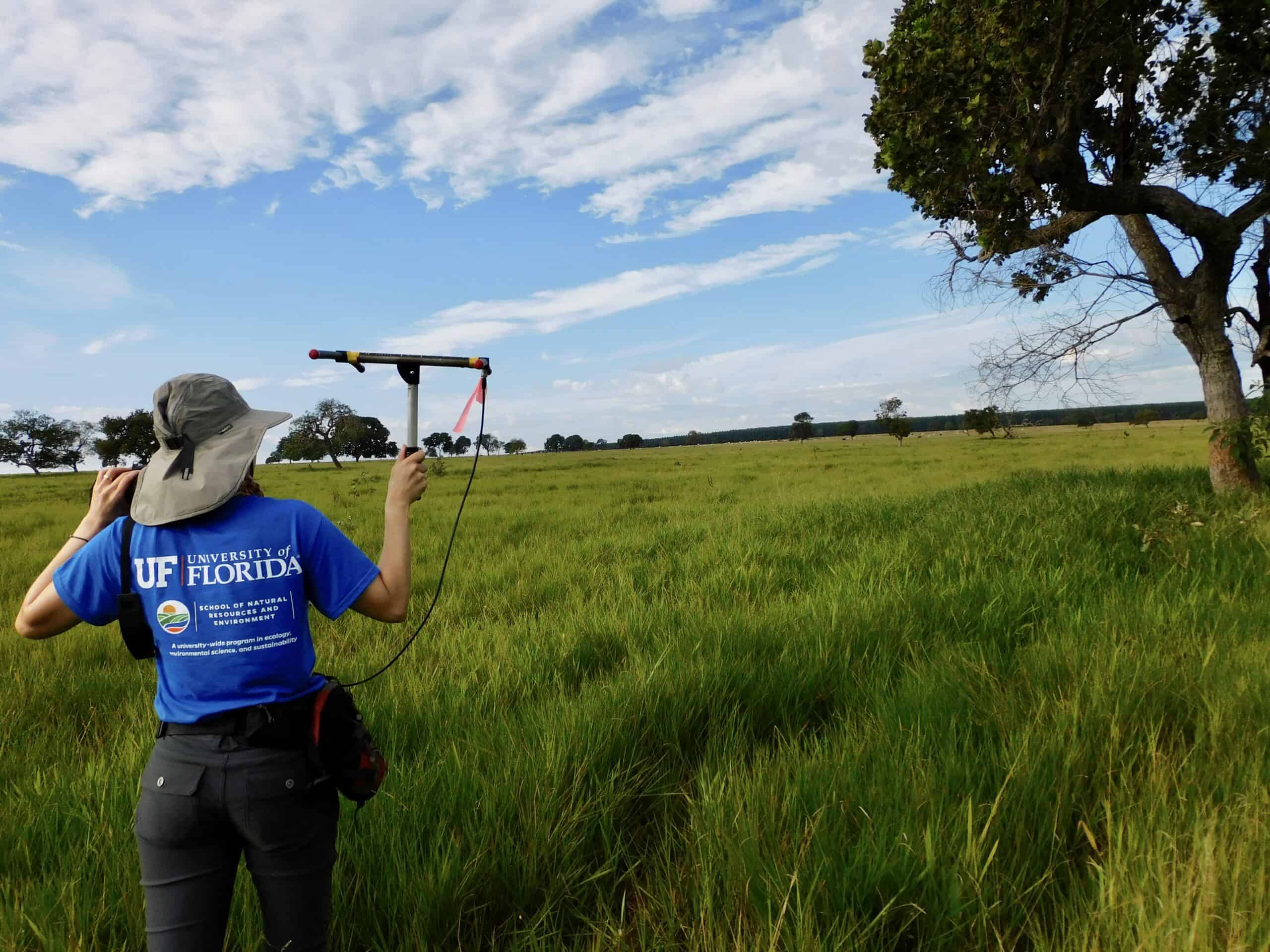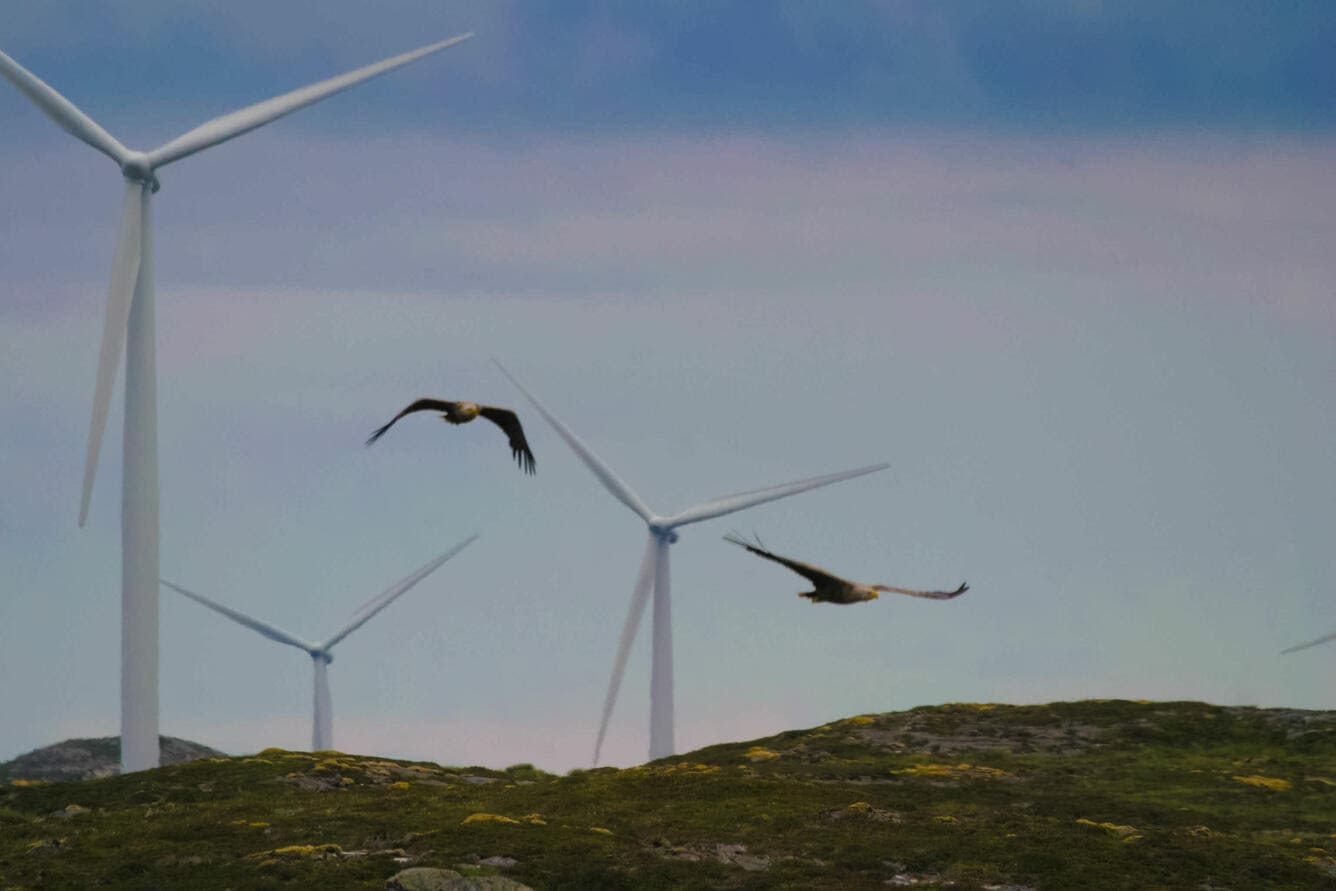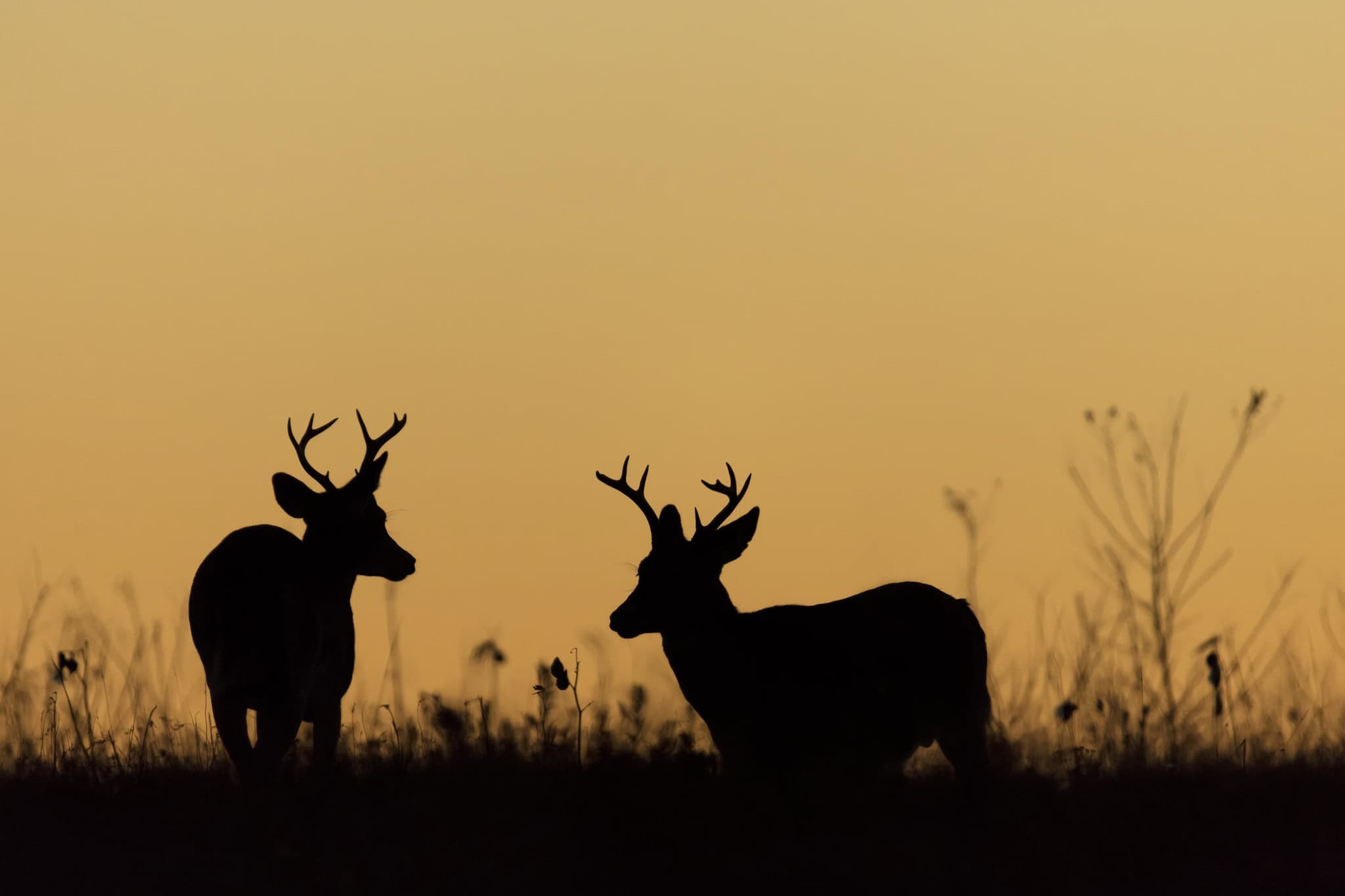Share this article
JWM: Montana elk evade archers without jeopardizing diet
When rifle season arrives in Montana each fall, elk (Cervus canadensis) often move to areas where they perceive a lower harvest risk. But as archery season, which occurs shortly before it, becomes more popular, TWS member Jesse DeVoe wondered if similar changes were taking place, and what impact that might have on elk.
Late summer and fall are important foraging times for elk, both for reproduction and to survive the winter. In trying to evade hunters, he wondered, are the elk moving to areas with less nutritional forage?
“There are a lot of archery hunters on the landscape hunting elk,” said DeVoe, a Montana State University research associate and lead author of a study on elk forage and risk tradeoffs in the Journal of Wildlife Management. “Most of the time when management agencies are thinking about managing elk, they’re thinking about rifle season, because that’s when most of the effects typically occur. We were interested in seeing if the elk are responding in archery season to perceive risk on the landscape and if that is affecting their ability to find good forage.”
The answer, unexpectedly, turned out to be no. Elk on public land in areas accessible by hunters did move to areas with fewer roads to minimize their exposure to hunters, DeVoe found, but rather than going to areas with poorer forage, they were actually selecting for areas with higher quality forage.
“I was a little bit surprised by the findings,” he said. “I expected that if elk move to avoid archery hunters, they would probably not be able to access the forage they otherwise could have. What we found was, there was no tradeoff in our west-central Montana study area.”
DeVoe and his team had already placed GPS collars on female elk in Montana’s Bitterroot Valley for a separate project. They used data from those collars and compared it to a spatial model of elk forage across the landscape to gauge the potential nutritional impacts of their movement during archery season.
“I thought it was a really unique opportunity to look at this question of elk forage and risk tradeoffs during the early fall archery season in a setting where we actually had elk forage data collected from the ground, instead of remotely sensed data,” he said.
The study found that while elk in high-risk areas did seek other terrain, they “did not compromise access to nutritional resources during the archery season.” Elk in higher-risk areas had poorer quality forage to start with, researchers found, while elk in lower-risk areas had access to higher nutrition, often because they foraged on farmland.
DeVoe’s team suggested that if agencies want to encourage elk to remain on public land, they should consider increasing security during archery season, balancing hunter pressure across public and private lands, improving forage quality and working with landowners to restrict elk from agricultural land.
“If we are able to provide elk with quality forage and security on public lands, then some of these elk may be more likely to stay on public lands,” he said.
TWS members can log in to read this paper in the Journal of Wildlife Management.
Header Image: Elk in Montana can evade hunters without sacrificing nutritional forage. ©David Doan








